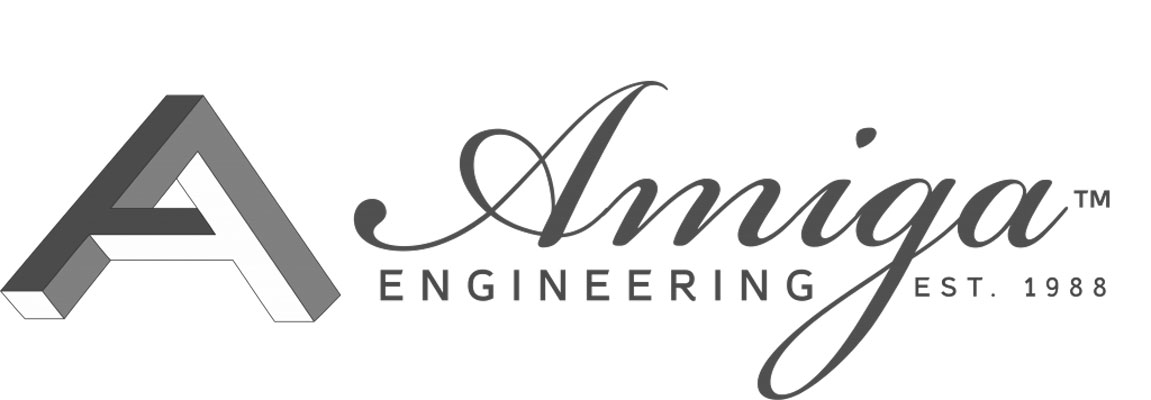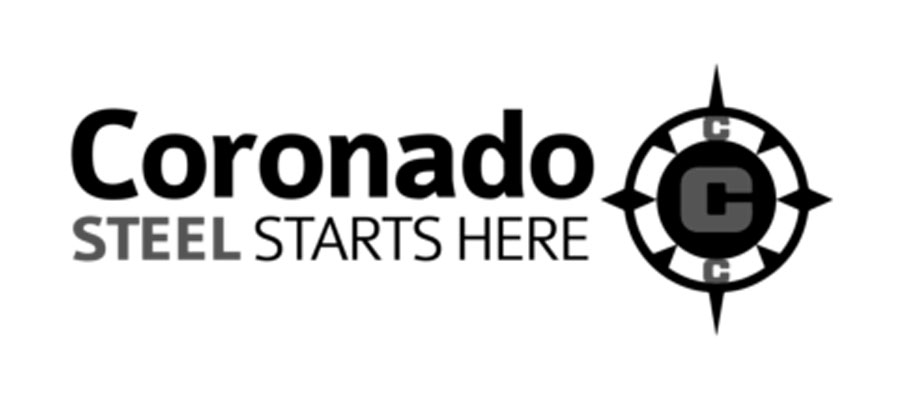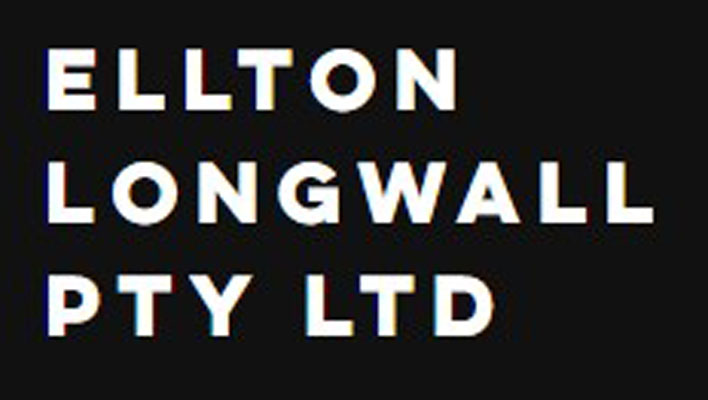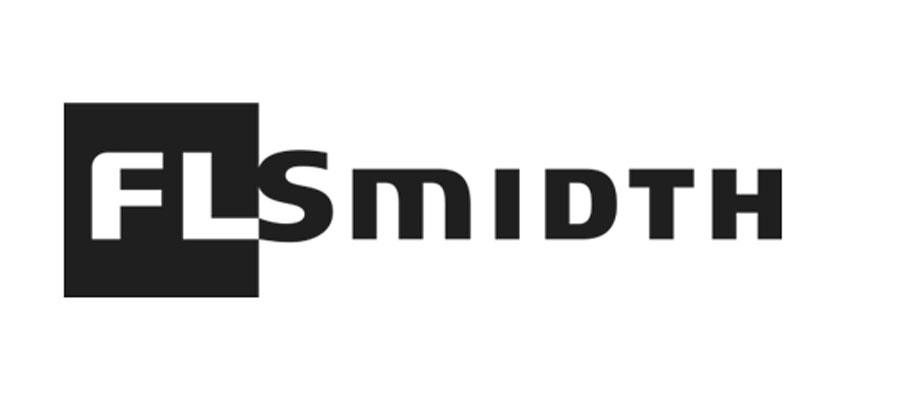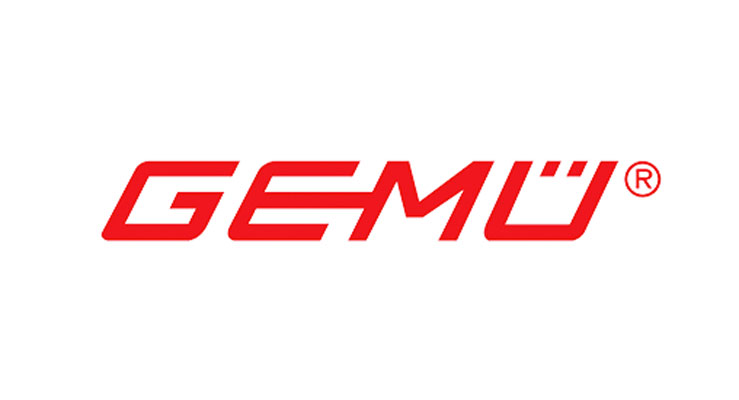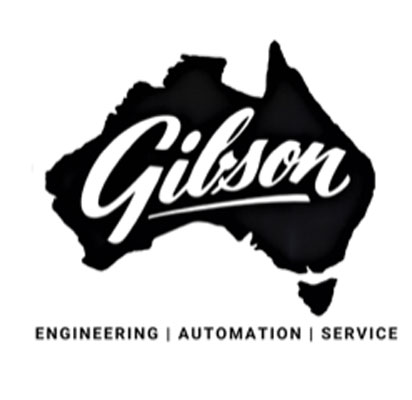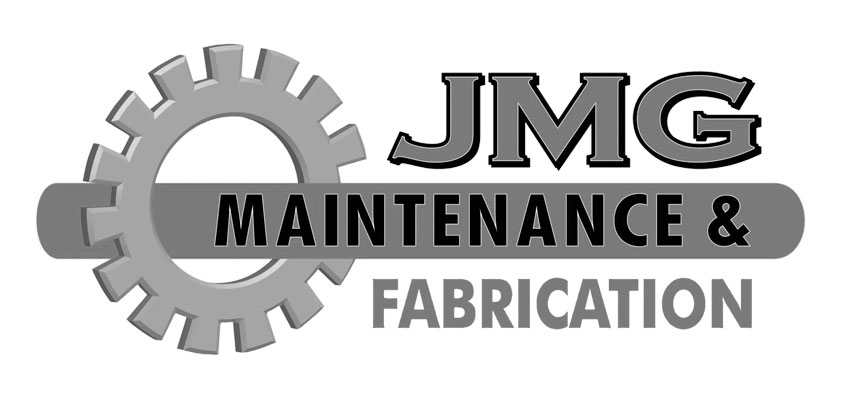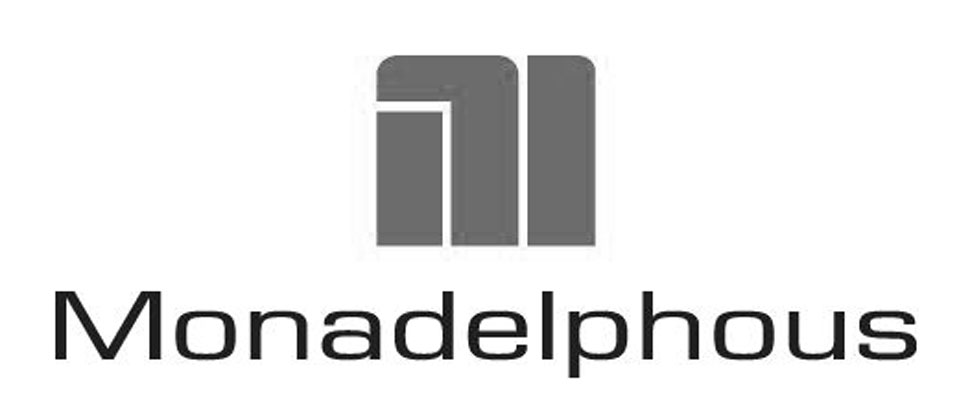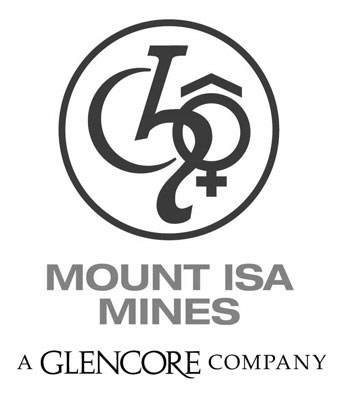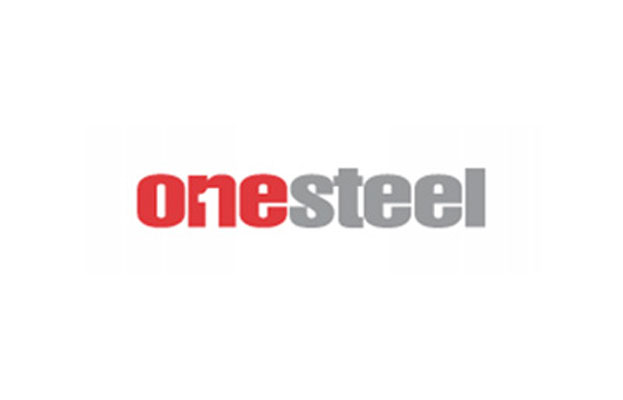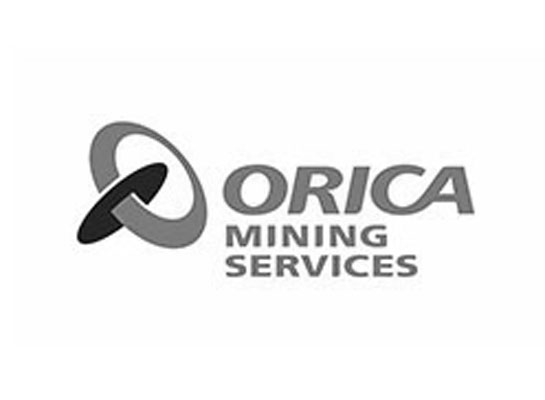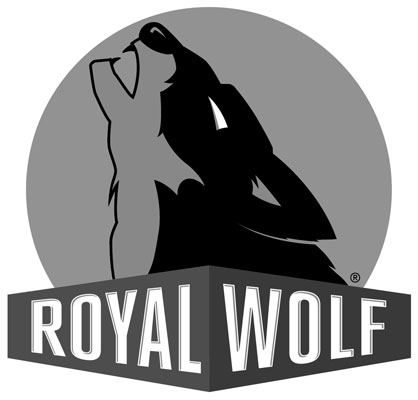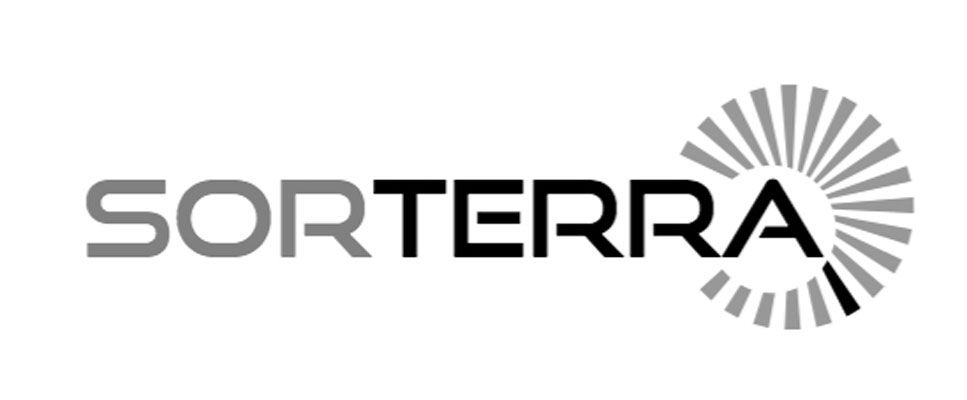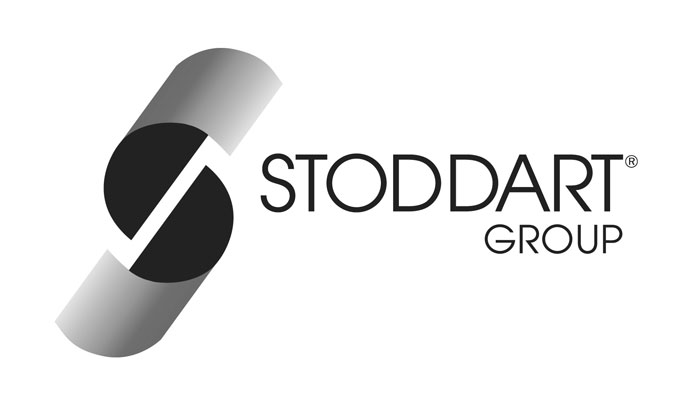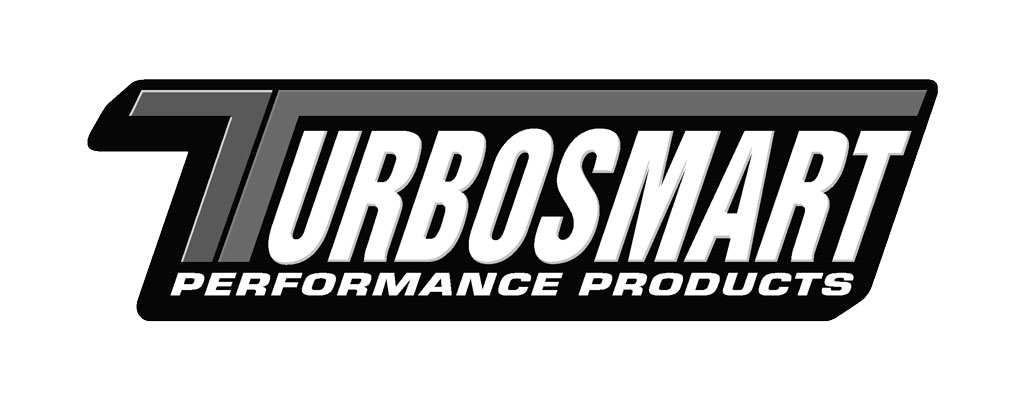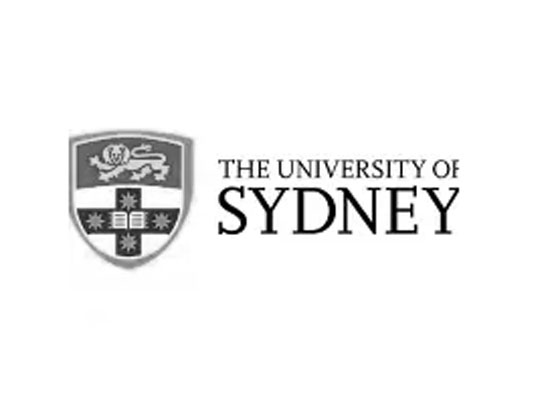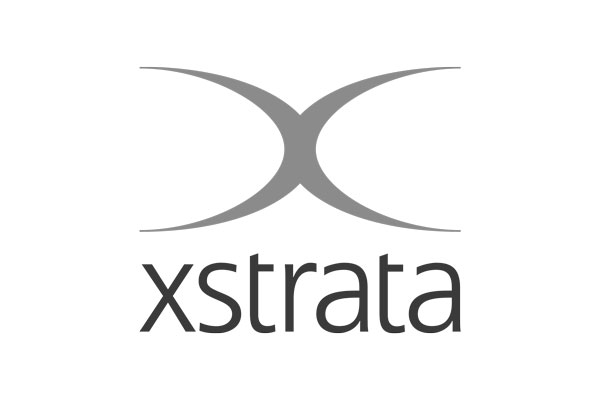3D Scanning Engineering in Cobar
Cobar is one of Australia’s classic outback mining towns. Known for its deep underground copper and polymetallic mines, engineering in Cobar is shaped by heat, dust, isolation, and long-life assets that have been modified many times over decades. It is an environment where practical engineering, accurate information, and “right-first-time” delivery matter.
Hamilton By Design supports projects in and around Cobar by combining 3D LiDAR laser scanning, mechanical and structural engineering, 3D CAD modelling, FEA, and fabrication-ready drafting. This integrated approach helps mining and industrial projects move forward with confidence—without relying on assumptions or outdated drawings.
Engineering challenges unique to Cobar
Engineering in Cobar rarely starts with a blank slate. Most sites are brownfield, with infrastructure that has evolved over time and documentation that may be incomplete or no longer accurate. Combined with deep underground workings, extreme heat, and long supply chains, this creates a strong need for accurate as-built data before any design or fabrication begins.
This is where digital engineering workflows deliver real value.
3D Laser Scanning for Cobar mining and industrial sites
Hamilton By Design uses high-accuracy 3D Laser Scanning to capture the true as-built condition of mining and industrial assets in Cobar. Laser scanning records millions of precise measurements, creating a complete digital record of existing plant, structures, and interfaces.
3D laser scanning is particularly valuable in Cobar for:
- Underground and surface mining infrastructure
- Brownfield plant and steelwork
- Assets with limited or outdated drawings
- Projects with tight shutdown windows
Scanning is completed during short, controlled site visits, minimising disruption while providing reliable data that can be used throughout the project.
From scan data to accurate 3D models
Once scanning is complete, data is processed off site and converted into detailed 3D CAD Modelling. These models reflect what actually exists on site—not what legacy drawings suggest should exist.
For Cobar projects, scan-based 3D modelling supports:
- Mechanical upgrades and equipment replacements
- Structural additions such as platforms, supports, and access ways
- Integration of new assets into constrained layouts
- Long-term digital records for future maintenance and upgrades
Working from accurate models significantly reduces uncertainty and rework.
Mechanical and structural engineering built on reality
Engineering in Cobar often involves integrating modern equipment into ageing infrastructure. By working directly from scan-derived models, engineers can:
- Understand existing load paths and constraints
- Check clearances and access early
- Coordinate mechanical and structural elements in a single environment
This leads to designs that are practical, buildable, and aligned with site realities.
FEA to verify performance and safety
Where performance, fatigue, or compliance is critical, Hamilton By Design applies FEA Capabilities to support engineering decisions.
Finite Element Analysis is commonly used in Cobar to:
- Check structural capacity of existing assets
- Assess modifications to ageing steel and supports
- Review fatigue, vibration, and deflection
- Support engineering approval and sign-off
Using FEA on scan-based geometry provides confidence that designs will perform as intended under real operating conditions.
Easy-to-build fabrication drawings with engineering approval
Clear documentation is essential for remote locations like Cobar, where rework is costly and time-consuming. Hamilton By Design produces fabrication-ready Drafting directly from coordinated 3D models.
Typical deliverables include:
- General arrangement and detail drawings
- Fabrication and installation drawings
- Engineering-reviewed and approval-ready documentation
This focus on clarity and constructability helps fabricators and site teams build accurately the first time.
Reducing site risk through digital engineering
By capturing site conditions once and completing most engineering off site, projects benefit from:
- Fewer site visits and lower travel costs
- Reduced safety exposure
- Better coordination before fabrication
- Higher confidence during installation
For Cobar’s remote and demanding environment, this approach delivers measurable project benefits.

Practical engineering outcomes for Cobar
Cobar engineering demands solutions that are robust, maintainable, and grounded in reality. Hamilton By Design’s integrated scanning and engineering workflow brings together accurate data, sound engineering judgement, and clear documentation to deliver upgrades that work first time.
3D Scanning Engineering in Cobar is about turning complex, brownfield conditions into clear, buildable engineering outcomes—supporting mining operations now and into the future.
Our Clients:




